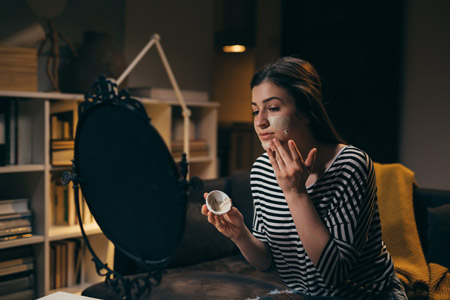


Managing Winter Allergies
While many people associate allergy symptoms with spring and summer, the winter months come with their own set of triggers that can lead to sniffles, sneezes, and itchy eyes. Since people are often indoors more during the wintertime, allergy triggers are often things lurking around the house. Let’s explore some common wintertime allergens and what you can do to manage symptoms.
Winter allergy triggers are often allergens found in the house. They include:
Dust Mites: Tiny creatures that thrive in warm, humid environments.
Pet Dander: An allergen found on furry pets.
Indoor Mold: Warm, damp conditions inside homes during winter can promote the growth of mold, releasing spores that trigger allergic reactions.
Houseplants: Indoor plants can release pollen and contribute to winter allergies.
There’s a lot you can do to prevent and manage your winter allergy symptoms.
Regular Cleaning: Dust and vacuum your home, paying attention to areas where dust mites thrive - rugs, bedding, upholstery.
Pet Care: Bathe and brush your pets regularly.
Reduce indoor humidity: A dehumidifier can maintain indoor humidity levels at 30-50%, which reduces the growth of dust mites and mold.
Air Purifier: An air purifier with a HEPA filter will trap airborne allergens and improve indoor air quality.
Consult an Allergist: If your symptoms persist or worsen, consider talking to an allergist for a professional evaluation and medications.


.jpg)
.jpg)
.jpg)


















.jpg)





















.jpg)

















.jpg)


























.jpg)
.jpg)
.jpg)









